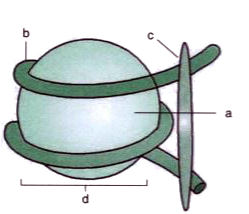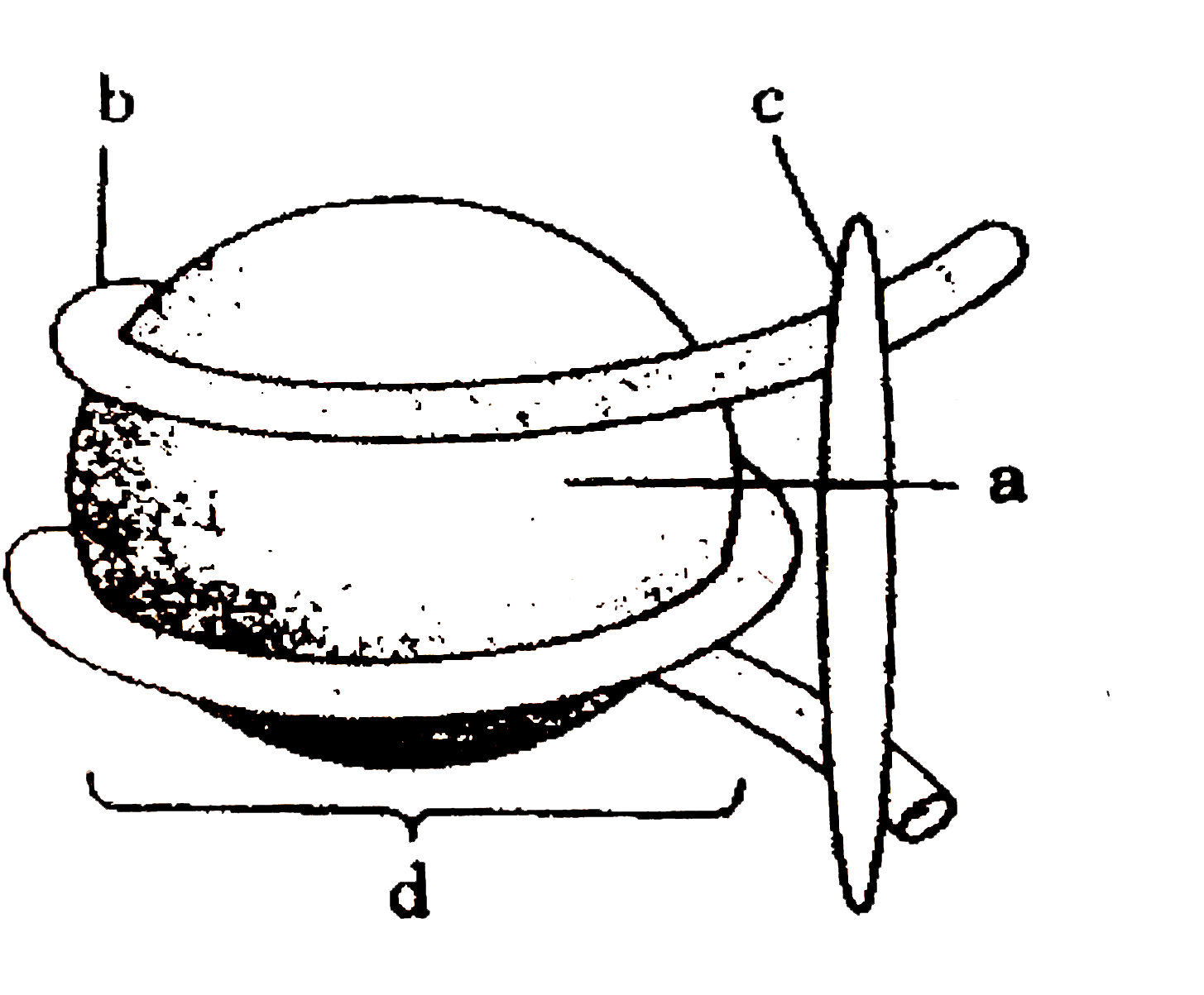How is DNA isolated in purified form from a bacterial cell.
To isolate DNA in purified form from a bacterial cell, the process can be broken down into three main steps:
1. Digestion of the Cell Wall:
- The first step involves breaking down the bacterial cell wall. This is typically achieved using a lytic enzyme such as lysozyme, which targets the peptidoglycan layer of the cell wall, allowing access to the contents of the cell.
2. Digestion of RNA:
- Once the cell wall is digested, the next step is to remove RNA from the mixture. This is done by treating the solution with ribonuclease (RNase), an enzyme that specifically degrades RNA, ensuring that only DNA remains.
3. Digestion of Proteins:
- The final step is to eliminate any remaining proteins that may contaminate the DNA. This is accomplished by adding proteases, which are enzymes that break down proteins. After this treatment, the solution will primarily contain DNA.
4. Precipitation of DNA:
- After the proteins and RNA have been removed, the DNA can be precipitated out of the solution. This is typically done by adding chilled ethanol or isopropanol, which causes the DNA to aggregate and become visible as a precipitate.
5. Collection and Purification:
- The precipitated DNA can then be collected by centrifugation, washed with ethanol to remove impurities, and finally dissolved in a suitable buffer for further analysis or use.
Summary:
In summary, the isolation of DNA from bacterial cells involves the digestion of the cell wall, removal of RNA using ribonuclease, digestion of proteins with proteases, and finally, precipitation of the DNA using chilled ethanol.
---
- The first step involves breaking down the bacterial cell wall. This is typically achieved using a lytic enzyme such as lysozyme, which targets the peptidoglycan layer of the cell wall, allowing access to the contents of the cell.
- Once the cell wall is digested, the next step is to remove RNA from the mixture. This is done by treating the solution with ribonuclease (RNase), an enzyme that specifically degrades RNA, ensuring that only DNA remains.
- The final step is to eliminate any remaining proteins that may contaminate the DNA. This is accomplished by adding proteases, which are enzymes that break down proteins. After this treatment, the solution will primarily contain DNA.
- After the proteins and RNA have been removed, the DNA can be precipitated out of the solution. This is typically done by adding chilled ethanol or isopropanol, which causes the DNA to aggregate and become visible as a precipitate.
- The precipitated DNA can then be collected by centrifugation, washed with ethanol to remove impurities, and finally dissolved in a suitable buffer for further analysis or use.
In summary, the isolation of DNA from bacterial cells involves the digestion of the cell wall, removal of RNA using ribonuclease, digestion of proteins with proteases, and finally, precipitation of the DNA using chilled ethanol.
Topper's Solved these Questions
- BOOK - ICSECHAPTER - BIOTECHNOLOGY : PRINCIPLES AND PROCESSESEXERCISE - PRACTICE QUESTIONS (SHORT ANSWER TYPE-II QUESTIONS)11videos
BIOTECHNOLOGY : PRINCIPLES AND PROCESSES
- BOOK - ICSECHAPTER - BIOTECHNOLOGY : PRINCIPLES AND PROCESSESEXERCISE - PRACTICE QUESTIONS (LONG ANSWER TYPE-I QUESTIONS)8videos
BIOTECHNOLOGY : PRINCIPLES AND PROCESSES
- BOOK - ICSECHAPTER - BIOTECHNOLOGY : PRINCIPLES AND PROCESSESEXERCISE - PRACTICE QUESTIONS (VERY SHORT ANSWER TYPE QUESTIONS)16videos
BIOTECHNOLOGY : PRINCIPLES AND PROCESSES
- BOOK - ICSECHAPTER - BIOLOGY-2016EXERCISE - PART-II ( SECTION-C)9videos
BIOLOGY-2016
- BOOK - ICSECHAPTER - BIOTECHNOLOGY AND ITS APPLICATIONS EXERCISE - COMPETITION CORNER (OBJECTIVE TYPE QUESTIONS (ASSERTION AND REASON TYPE QUESTIONS))9videos
BIOTECHNOLOGY AND ITS APPLICATIONS
Similar Questions
A bacterial cell contains
View SolutionHow is aniline purified ?
View Solution
In the eukaryotes the DNA molecules are organised within the nucleus. How is the DNA molecule organised in a bacterial cell in absence of a nucleus?View Solution(a) What is this diagram representing?
(b) Name the parts a, b and c.
(c) In the eukaryotes the DNA molecules are organized within the nucleus. How is the DNA molecule organized in a bacterial cell in absence of a nucleus?
 View Solution
View SolutionThe murein found in bacterial cell is
View SolutionWhat is trasnformation of bacterial cell ?
View SolutionHow can bacterial DNA be released from the bacterial cell for biotechnology experiments ?
View SolutionBacterial DNA is
View SolutionArrange the steps of isolation of DNA from the source cell :
( I) Precipitation of DNA with chilled ethanol.
(II) Treatment of DNA strands with protease and RNAase.
(III) Treatment of DNA strands with restriction endonuclease.
(IV) Isolation of DNA from bacterial cells by the treatment of lysozyme.View SolutionDNA polymerase is isolated from bacteria
View Solution

